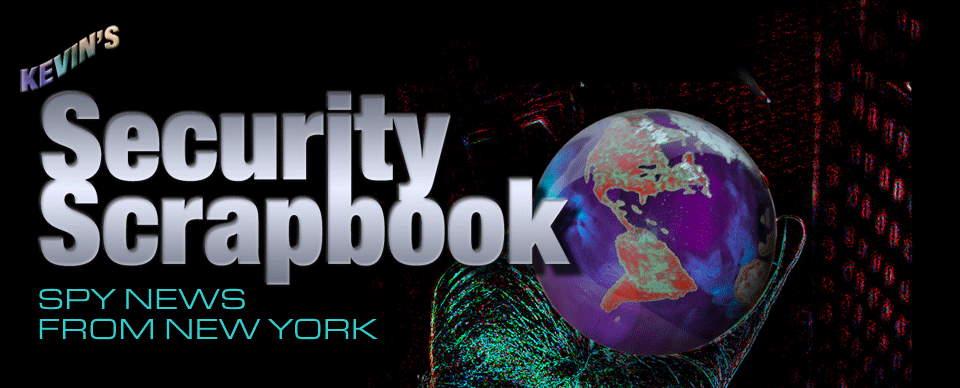 In Colombia, a major scandal involving the country's intelligence service is unfolding. Colombia's chief prosecutor says the spy service bugged the Supreme Court, intercepted the phones of its justices and followed their every move.
In Colombia, a major scandal involving the country's intelligence service is unfolding. Colombia's chief prosecutor says the spy service bugged the Supreme Court, intercepted the phones of its justices and followed their every move.With hours of tape as evidence, prosecutors say the Department of Administrative Services (DAS), which is under the president's control, targeted the court's justices and the investigative magistrates, who function something like prosecutors.
The purpose was to find ties between the criminal underworld and the court in order to discredit the country's highest judicial body.





























